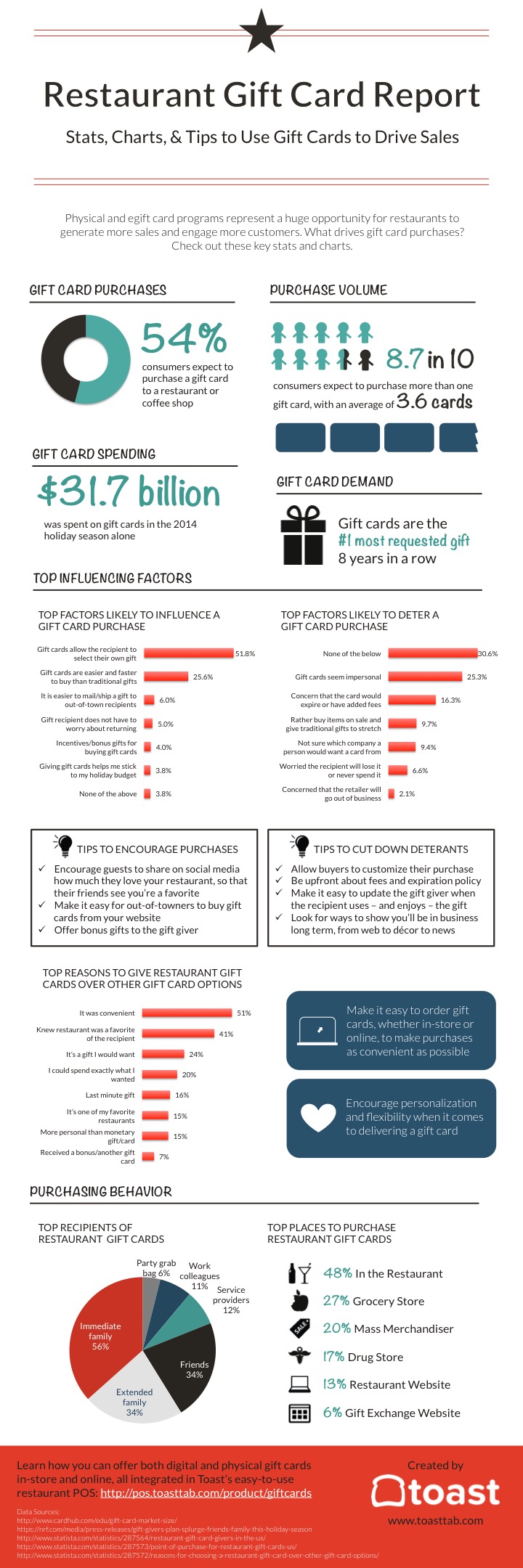Although they may appear similar, inscribing and engraving differ in their approaches and results. Recognizing these procedures is essential for any kind of business looking to personalize glass products.
Laser etching usages focused warmth to melt the mini surface of your product, creating recessed markings that stand up to damage and can be reviewed under extreme problems. It's optimal for things that require to be traceable, like industrial components.
Looks
Etching and engraving both develop resilient, responsive designs that attract attention on the glass surface. They are excellent for jobs that call for a refined, classy appearance.
Laser etching can be utilized to engrave glass, however it calls for a protective layer or shield to stop heat damage to the glass. A specialized spray or layer is offered for this objective and can be applied to slim glass to reduce splitting or damage during the etching procedure.
It's likewise feasible to etch glass by hand making use of a rotary tool. This strategy is time-consuming and labor-intensive, however it can generate premium outcomes when carried out properly. Make certain to use safety and security equipment like goggles and a respirator mask to secure on your own from dust and debris. You can begin by drawing your style on the glass with a pen, after that insert the rotary tool and slowly follow your layout to engrave it into the glass. After the inscription is full, delicately wash away any type of staying dirt or residue.
Flexibility
The etching procedure offers a large range of applications for glass items. It is highly versatile and can be utilized on various products and densities of glass. It is also extremely exact and generates detailed, high-contrast designs on the glass surface. It can be utilized on both level and bent surfaces.
Glass engraving is a popular option for glass items like bottle, building partitions, and day spa decoration. It generates a soft and refined layout that is not as noticeable as etching, making it an outstanding choice for ambient looks.
To lower heat stress on thin glass, apply a protective material like concealing tape or a damp paper towel to the surface area before laser inscription. This takes in and spreads laser power to lower local heating and stop fracturing. Conversely, covering the glass with a moderate cleaning agent or dishwashing soap can also be an efficient pre-coating. Simply remember to cover only the laser-contacting face of the glass with these moisture-absorbing pre-treatments.
Resilience
Laser glass engraving creates deep, permanent markings that are durable and visually striking. It's suitable for artistic or light business objectives that call for a sleek appearance. Inscription needs accurate and regulated handling of the glass to stop heat damage and breaking. Thin or delicate glass can be a lot more prone to the high-contrast results of laser inscription, making it important to monitor the process carefully for indications of overheating and splitting.
Engraving makes use of a diamond-tipped device to cut into the surface area of the glass, developing a distinctive mark that's much less aesthetically striking than laser etching. It's a common choice for applications where a frosted effect is preferred, such as ornamental glass windows and personalized presents. Like laser inscription, etching is very precise and excellent for logo designs and various other thorough images. Evergreen Glass makes use of modern laser tools adjusted for optimum efficiency to accomplish etching and inscribing with phenomenal accuracy. For included comfort, our makers feature built-in safety features that ensure safe procedure.
Price
Glass etching involves making use of chemical solutions to develop a layout. While this strategy is not as exact and reliable as laser engraved trophy-style glass etching, it is still an outstanding option for artisanal glasswork, which can be a wonderful way to elevate a special event present or celebratory piece.
For the best results, it is very important to examine a sample piece of glass before applying any type of etching creams. Various sorts of glass might react differently to the chemicals. Some will certainly engrave extremely quickly while others could take a lot longer. Sometimes, a piece of glass might also stop working to etch in all!
Laser etching involves the use of a computer-guided system, generally described as a CNC (Computer Numerical Control) machine, to route a focused laser beam at the surface area of the glass. This process requires a top-level of technological skill and creative thinking. It is an efficient way to inscribe complex patterns on large-scale tasks with high levels of precision.
